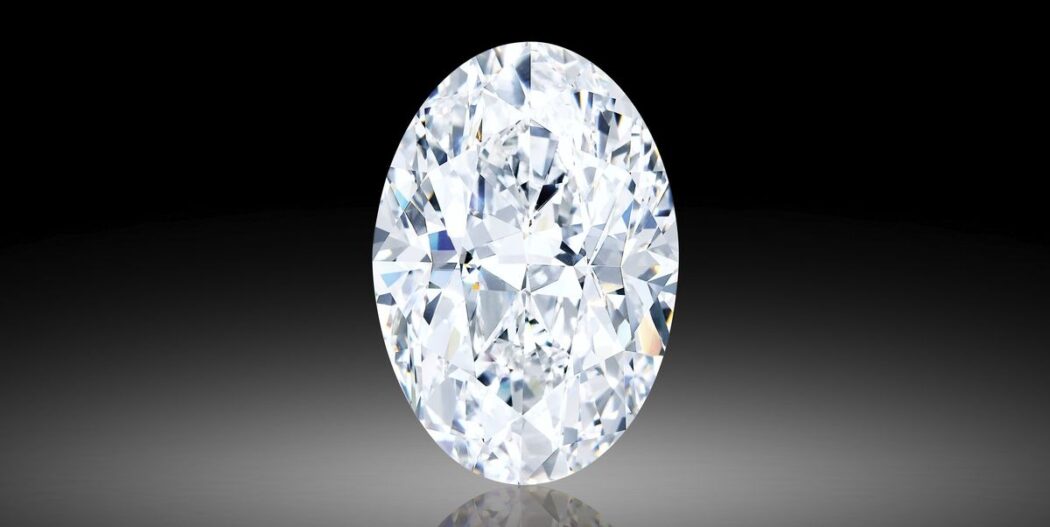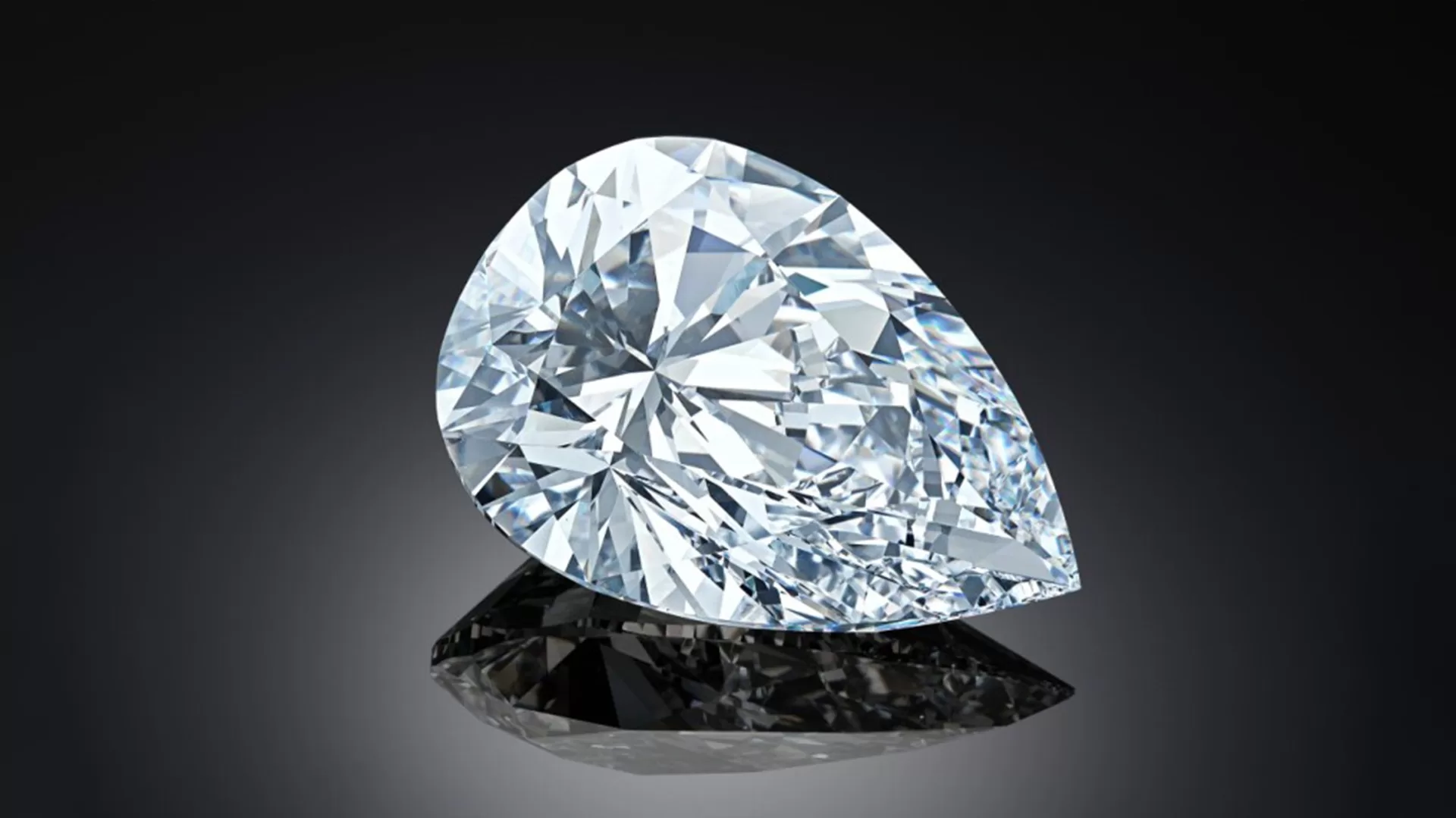Despite millennia of heat and pressure, diamonds are only able to reach their full potential with human intervention. They endure millennia of heat and pressure to emerge as near-perfect creations. To achieve breathtaking brilliance, the diamond will need a skilled cutter who will remove its scars, shape it properly, and position its facets carefully.
Nature and man have teamed up to create the Juno Diamond. Its glacial purity is contained within a voluptuous, exquisitely symmetrical drop, named after Juno, the ancient Roman goddess of light, youth, motherhood and fertility. Like its namesake, it projects a feminine presence while being imposing, majestic, and imposing. Its elegant curve enchants the viewer, inviting admiration.

There have only been eleven “perfect” diamonds at auction since 1990, and only four of those have been pear shaped. As well as its highest color grade and internally flawless clarity, the Juno Diamond is Type IIa, meaning it is free from any detectable traces of nitrogen that may give it a yellowish tint. The Type IIa diamonds aren’t all D-color diamonds, but they are very lovely to look at, and display a charm that is more incredible than anything else.
As a matter of fact, diamonds of this size and quality are often viewed as specimens, never to be worn. In terms of wearability, bigger diamonds aren’t always better. Pear-shaped diamonds are resistant to these limitations due to their tapering form, unlike round and emerald-cut diamonds. Some of the most important diamonds in history are pear-shaped, including those that are royal in origin.
Cullinan I, also known as the Great Star of Africa, weighs 530 carats and is mounted on the Imperial Sceptre of Great Britain. As Sir Robert Vyner designed the Sovereign’s Sceptre in 1660 for King Charles II’s Coronation, King George V replaced it in 1911 with a Cullinan I mounted on the shaft. As it stands in this form, the Great Star of Africa is displayed rather than worn. A 94-carat Cullinan III pendant, fashioned after the pear-shaped Cullinan IV, is currently worn as a brooch by Queen Elizabeth II.

In 1969, the Taylor-Burton Diamond was the most expensive public sold jewel of its time at 69 carats. It is relatively modern example of an important pear-shaped diamond. In spite of the fact that Cartier initially won the auction, Richard Burton was so furious he insisted he would buy it back at any cost because he was outbid. The auction was held by Parke-Bernet. In his words, it should be “on the loveliest woman in the world.” He purchased the diamond from Cartier one day later, and Elizabeth Taylor wore the diamond at Princess Grace of Monaco’s forty-second birthday and the forty-second Academy Awards.
Juno Diamonds, like Taylor-Burton diamonds, aspire to be suspended from stunning necklaces crafted by the world’s finest jewelers. It has been in the same private collection for more than twenty years, and it is more than just a beautiful stone. Just as its namesake is supreme among the gods, so is the Juno among the pantheon of the world’s greatest diamonds. Earth-born, man-reared, and nothing less than heaven-born.



